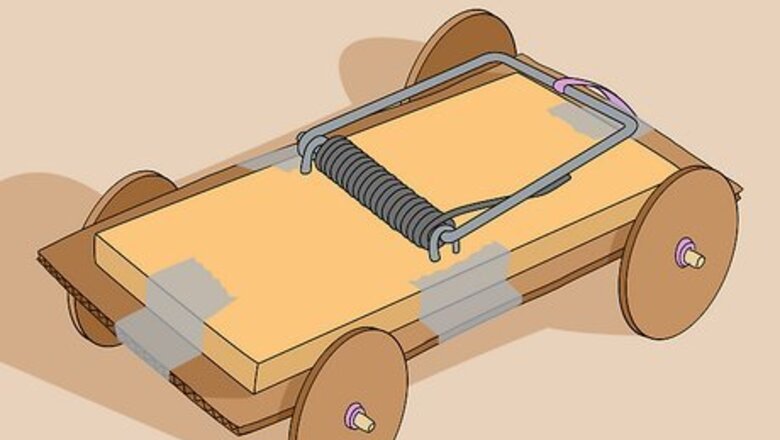
views
Planning Your Mousetrap Car
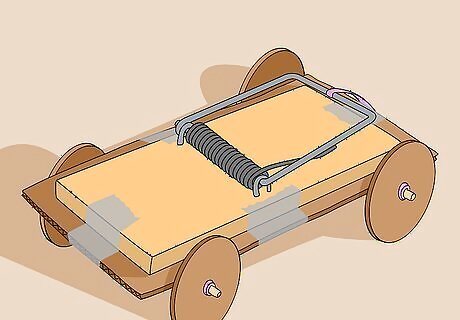
Visualize your mousetrap car. You're going to need to attach your mousetrap to a chassis (or body), which will form the frame of your car, wheels, and an engine to power the contraption. These kinds of miniature cars are often used for physics experiment when learning about mechanical advantage, gravity, and gear ratios. For the purposes of this example, heavy cardboard will be used as the chassis, but you also might use: Foam core. The body of an old toy car. A piece of light, durable wood, like balsa wood.
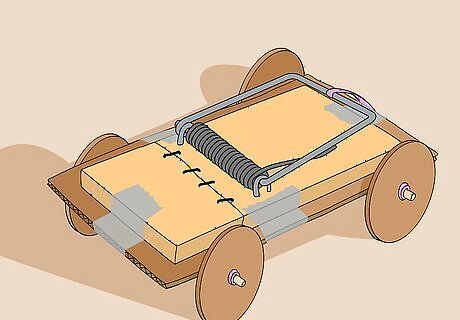
Use physics to your advantage for best results. You can modify the design of your car to achieve certain goals. For example, if your physics class is having a distance race competition, you'll want to: Lighten your car as much as possible. If using a solid chassis, this might include drilling holes in its frame and wheels. Use wheels that are both thin and stiff. Decrease air resistance by making the front of your car small and sleek.
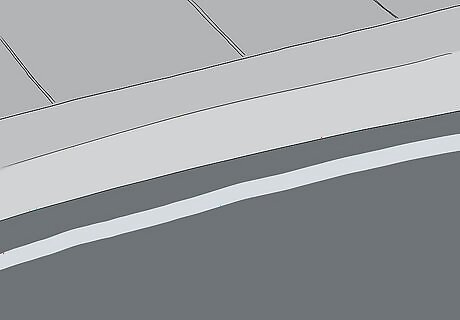
Take into account the surface your car will run on. If your car will be traveling up a ramp or across hilly terrain, smaller wheels will be able to manage the incline better due to inertia. Flat surfaces, like table and floors, can be best traversed with larger wheels.
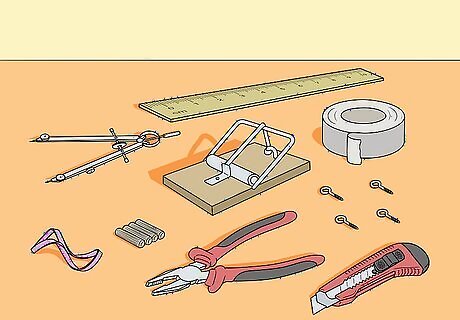
Gather your mousetrap car making materials. As previously mentioned, there are many different materials you might use to make your mousetrap car. Some additional options are listed in the "Tips" below. However, to make the mousetrap in this example, you will need: Compass (for drawing circles) Duct tape Durable string Elastic bands/rubber bands Eye hooks (4) Heavy cardboard or foam core Mousetrap Pliers Ruler Thin dowels (2) Utility knife Protractor
Making the Wheels and Chassis
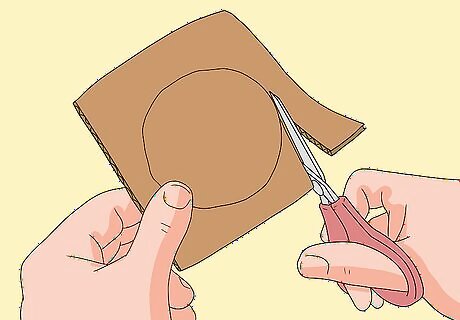
Make the wheels for your car. You'll need to create four wheels out of your heavy cardboard or foam core. To do this, take your compass or some other round object and your pencil to trace your wheels-to-be onto the cardboard. In this example, one inch (2.5 cm) diameter front wheels and two inch (5 cm) diameter rear wheels were used. After you've traced your wheels: Use your utility knife to cut your wheels free. Attach rubber bands around the outside edge of the wheel to give the wheels additional traction. You might also use CDs, DVDs, and vinyl records to make your wheels. NOTE: In this example, larger back wheels and smaller forward wheels are used.
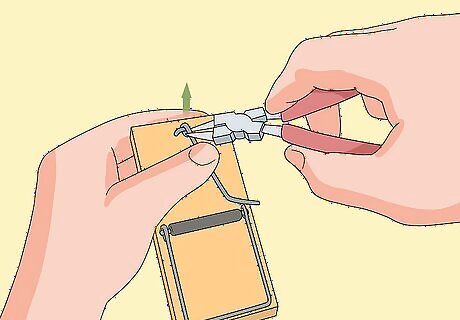
Remove dangerous teeth from the snap-arm of your trap. Take your mousetrap and find the rod that is used to set it. There will likely be sharp teeth at the end of the rod. Carefully remove the rod, and if it has any sharp teeth, use your pliers to pull these free.
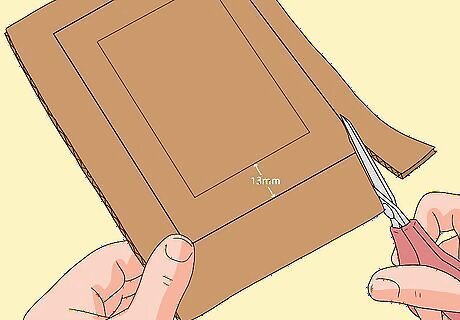
Fashion your chassis from your heavy cardboard. To accommodate your mousetrap, you'll need your chassis to be about ½" (13 mm) bigger on all sides than your trap. Measure and mark this out on your cardboard, and then use your utility knife to cut out your chassis from the cardboard. Balsa or basswood make a light but more durable body for the car.
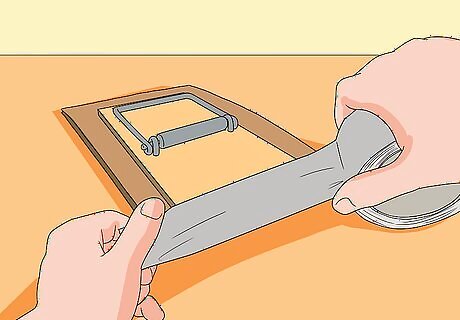
Attach your mousetrap to the top of your chassis. Center the mousetrap on top of the chassis and then, using duct tape or clear packaging tape, secure the mousetrap into place on all 4 sides. While taping your trap into place you should avoid taping the spring. The spring should be found in the middle of the trap and snapper arm.
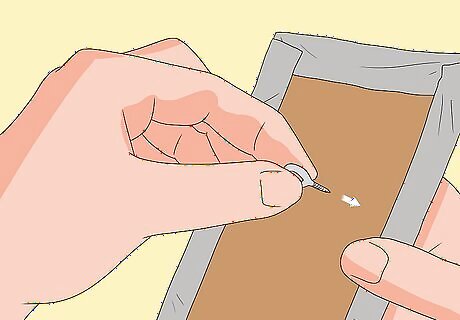
Align and attach your eye hooks to the bottom of your chassis. These eye hooks will hold the axle rods, which are the rod on which you will attach your wheels. If these hooks are out of line, your car won't travel straight, so you should: Use your ruler and a pencil to mark the location of your eye hooks in the four corners of your chassis. Double check the marks are evenly lined up with your ruler. Screw the eye hooks into place through the cardboard chassis where you have marked.
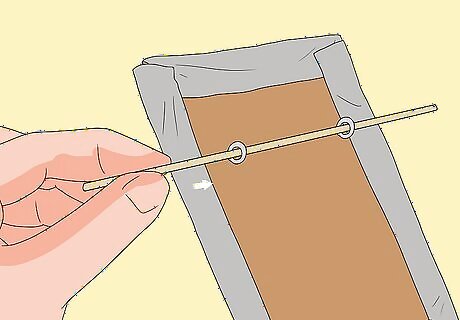
Create your axle rods. Cut 2 thin skewers to a length about 4 centimeter (1.6 in) longer than the width of your eye hooks. These dowels/wooden skewer sticks will be the axle rods for the wheels that you made. They should be thin enough to slide through the eye hooks and spin freely. Eye hooks that are too thick or skewers that are too thin will cause the axle rod to pivot in its eye hook holder, which could affect the alignment of your car.
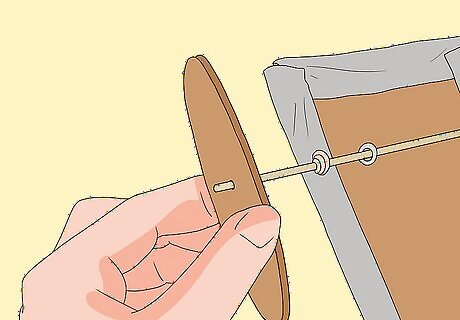
Attach your wheels to your axle rods. You should be able to poke holes in the center of each wheel with the point of your compass. This should create holes that are slightly smaller than the dowel rods. Then you should: Wind a rubber band onto your axle so that it is close to the body, but not touching it. This will form a buffer between your wheel and the chassis of your car, but can create friction if it comes in contact with your chassis. Push your wheels onto the axle rods. If you have larger drive wheels, these should go on the rear axle and the smaller wheels on the front axle. Your axle dowels should extend past your wheel about 1" (2.5 cm).
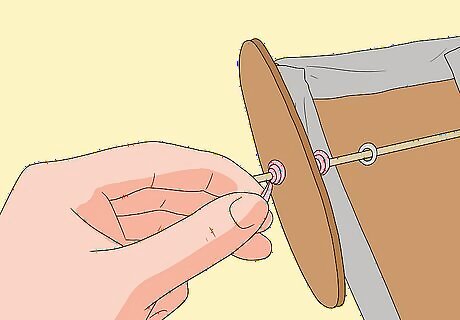
Prevent your wheels from coming off or unaligned. You can do this by wrapping a thin elastic band around your dowel just outside each of wheels. The elastic band will keep the wheels from falling off of the car.
Engaging Your Car
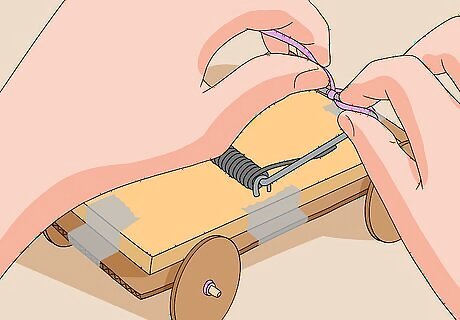
Tie your string to the snap-arm. Carefully lift the snap-arm just enough to slide one end of your string beneath it. Then, wrap the string around the snap-arm and tie a tight knot to secure the string. A general knot, like a square knot should work fine for attaching your string to the arm of your trap.
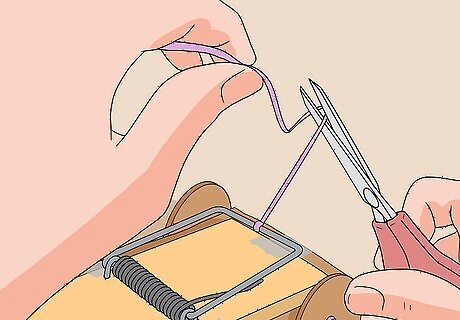
Cut your string. Before you do, make sure that it is long enough to reach past the car's rear axle. The longer the string, the longer time it will take for the force of your trap to be released, which will create slower acceleration but greater distance traveled.
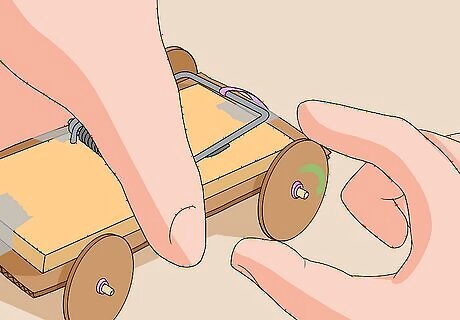
Prepare your transmission string. Your string is the part that will transfer force from the spring mechanism of your mousetrap to the rear wheels of your car. Pull back the snap-arm and hold it securely. While you are holding the snap-arm: Use your free hand to wrap the string tightly around the car's rear axle. Continue winding until no string remains. The string should be tight enough to hold down the snap-arm when held.
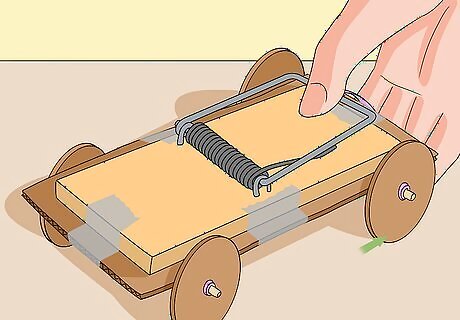
Prepare for a test drive. Place the car on the ground while still holding the snap-arm. Make sure you have a good grip on the end of the string. This should keep your snap-arm in place, and releasing should cause the arm to snap forward, propelling your car.
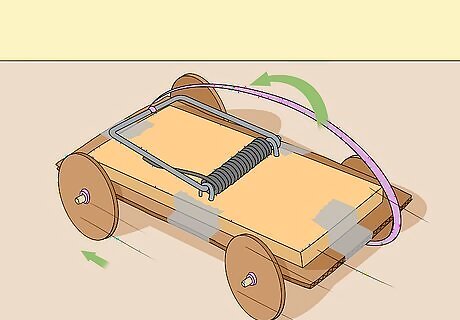
Release your car and watch it go. Move your hands clear of your mousetrap car and let go of the string. The kinetic energy of the mousetrap spring will transfer through your string to your rear axle, causing your mousetrap car to travel forward a few feet, depending on construction and the length of the string.



















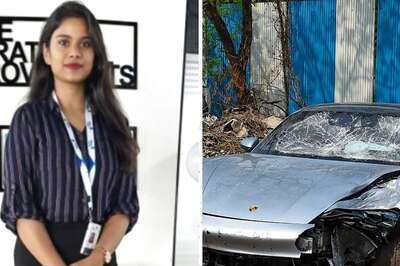
Comments
0 comment